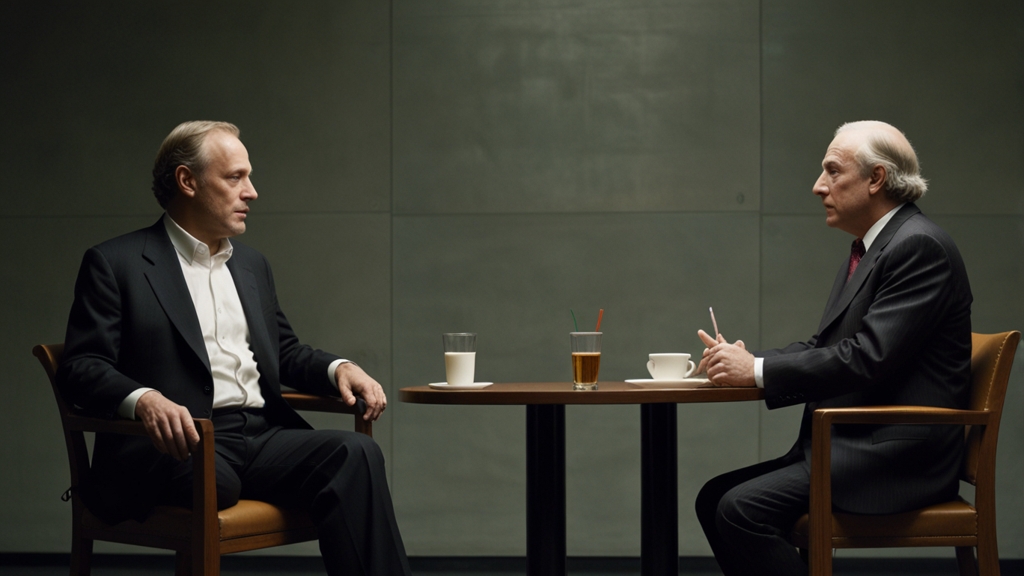Revisiting My Lai: The Massacre That Shocked the World
On March 16, 1968, the small hamlet of My Lai in South Vietnam became the grim setting for one of the most heinous atrocities of the Vietnam War. Known as the My Lai Massacre, this horrific event saw the slaughter of hundreds of unarmed Vietnamese civilians by U.S. Army soldiers from Charlie Company, 11th Brigade, Americal Division. The atrocity not only left a permanent scar on the history of the Vietnam War but also deeply shook global perceptions of American military conduct.
The Events Unfolded
The soldiers, led by Lieutenant William Calley, entered My Lai with the mission of seeking out suspected Viet Cong fighters and sympathizers. Misled by faulty intelligence, they encountered unarmed villagers, including women, children, and elderly individuals. What followed was a ghastly spree of violence where soldiers, who were intended to be liberators, turned into merciless executioners. Reports indicated that between 347 and 504 innocent people were brutally killed. Many women were raped, and livestock and homes were destroyed.
Notably, there were acts of dissent and courage even amidst the carnage. Chief Warrant Officer Hugh Thompson, a helicopter pilot, attempted to intervene by landing his aircraft between the soldiers and fleeing villagers. He and his crew rescued several civilians and reported the massacre to their superiors, a brave act that likely saved additional lives.
Uncovering the Atrocity
The massacre remained largely concealed from the public for over a year. It wasn’t until investigative journalist Seymour Hersh broke the story in November 1969 that the world became aware of the full scale of the atrocity. Hersh's reporting ignited widespread outrage and led to multiple investigations.
"Something dark and bloody had occurred at My Lai, and it was going to come out sooner or later. My job was to ensure it was sooner."
Judging the Guilty
The subsequent trials brought to light the depth of the barbarity and questioned the moral compass of military operations. Lieutenant William Calley was the only person convicted, found guilty of murdering 22 villagers, and sentenced to life in prison. However, his sentence was later reduced, and he served only three and a half years under house arrest. The leniency of the punishment sparked further debates and dissatisfaction, both domestically and internationally.
"I felt that I was doing my duty, my job. And now, here in the courts, they're trying to take my conscience away for something that I did in behalf of my country."
Aftermath and Reflections
The My Lai Massacre significantly impacted American public opinion about the Vietnam War, contributing to the anti-war sentiment. The incident raised crucial questions about the rules of engagement, military training, and the moral implications of war. It forced both the American public and global community to confront the uncomfortable truths about the cost of war on human lives.
In the years since, My Lai has become a symbol, a stark reminder of the capacity for cruelty in wartime and the imperative need for accountability and ethical conduct in military operations. The hamlet is now home to a museum and memorial park commemorating the victims and serving as an educational resource to ensure such atrocities are never forgotten.
To this day, the My Lai Massacre remains a crucial chapter in the history of the Vietnam War, serving as a sobering lesson on the depths of human cruelty and the enduring quest for justice and reconciliation.
"If we don't learn from the atrocities of history, we are doomed to repeat them."
As we revisit My Lai, we remember the innocent lives lost and reflect on the importance of preserving humanity even amidst conflict. The massacre stands as a powerful testament to the need for historical introspection and the enduring pursuit of a world where such tragedies are never repeated.










